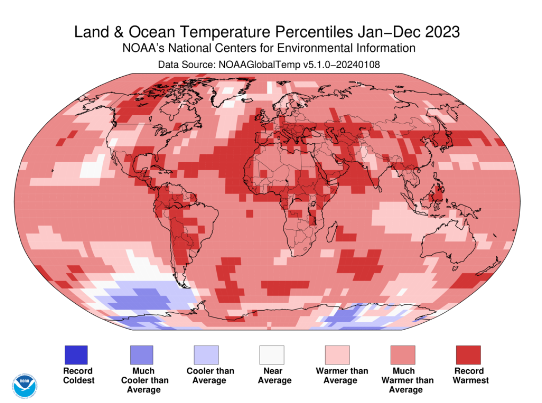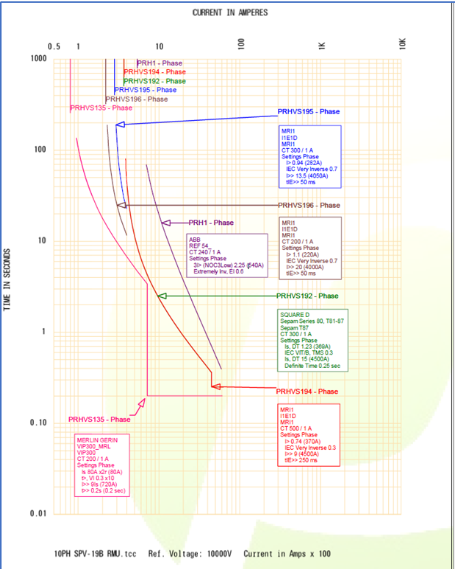Premium Power has steadily been increasing the number of power quality projects completed across industrial facilities and data centres in Ireland, the UK and further afield. 2016 was our busiest year yet in terms of helping to identify power quality problems and design the optimal solutions to ensure facilities reach the highest running standards for their power supply. We’ve noted a big increase in clients approaching us direct with power quality issues – it seems a power quality tipping point has been reached. Here’s seven power quality trends you can expect in 2017 if you’re working in the power quality market or as an energy and engineering manager in large industrial facilities.
1.Training
We have a well established training department in the area of electrical safety and arc flash but in 2017 we can expect to see an upwards trend in power quality training requests, as facilities seek to achieve the highest output as possible. Ensuring engineering staff can recognise and understand the importance of power quality and how to identify and mitigate against power quality issues is vital in today’s competitive market. Power quality isn’t just about saving costs – it’s about ensuring reliability and training helps deliver plants that don’t break down in the first place. We’re expecting to see a big increase in power quality training sessions at our client facilities in 2017, just like we saw in 2016.
2. Meeting the standards
A number of standards have now been implemented that sees the need for harmonic and power quality grid compliance studies particularly in the renewable sector and across the wind industry. In Ireland new EirGrid codes have seen for the connection of PPM (Power Park Modules), while in the UK the G5/4 is still the applicable for harmonics evaluation. Often times these studies are extremely specialised and laborious and require specific software to help generate all the scenarios and settings required. In 2017, you can expect a rise in compliance studies across the board as renewable projects meet the requirements set out in law and become connected to the grid.
3. Harmonic filters
In many cases harmonic filters may be necessary to ensure a facility or renewable project meets set out standards and remains reliable. Last year we worked with a number of clients to help design their filter requirements and allow them to become compliant, even under some restricted norms. In 2017 you can expect the design and implementation of harmonic filters to be added as starting step, rather than an afterthought on many projects. This is a step forward and will help save power quality headaches further down the line.
4. New technologies
Technology is improving year on year and 2017 will see a host of improved technologies aimed at mitigating against power quality issues arrive to market. Some of these will be upgrades of existing equipment, others may be mergers between brands.
5. Correcting what went before
Our work in recent years revealed a number of projects where previously applied power quality solutions were now causing issues, particularly if they had not been maintained or designed properly. This could be seen in some cases where installed UPSs were not functioning properly, which in turn led to the creation of poor quality voltage waveforms. Continuously assessing systems as well as training onsite engineers will work towards solving these issues. And, as technology and industrial trends change, we can expect issues like this to arise throughout 2017.
6. The year of the power meter
The installation of power meters and the most up to date software to monitor energy use is now commonplace among almost all large industrial facilities. We had a bumper year in 2016 and expect to see this continue in 2017. One trend you may see this year is the need for extended power quality metering solutions being required downstream on electrical networks, particularly at mission critical production units. Previously this type of metering was only implemented at the main distribution boards, but evidence now shows that by installing further down the industrial network, problems are more easily identified at source.
7. Hello to solar
Up till now, the Irish renewable market has been led by wind. In 2016 2GW of solar PV was submitted for consideration to DSO and TSOs, so we can expect an influx of approvals in 2017. This mix of industrial and domestic applications will see changes to the grid and in some cases cause power quality issues. We’ve already seen the effects of these issues in countries where solar implementation is well established, particularly on the continent and in the UK where voltage issues have arisen. To receive an award-winning white paper by Premium Power’s Operation Director Andrew Hogan on this issue email info@premium-power.com.
Should you wish to get in contact with Premium Power about any of the emerging power quality trends outlined email info@premium-power.com.
George Mokl specialises in the delivery of power quality studies, arc flash studies and protection coordination studies at Premium Power. View Premium Power’s video on power quality services – or call us to learn more.














